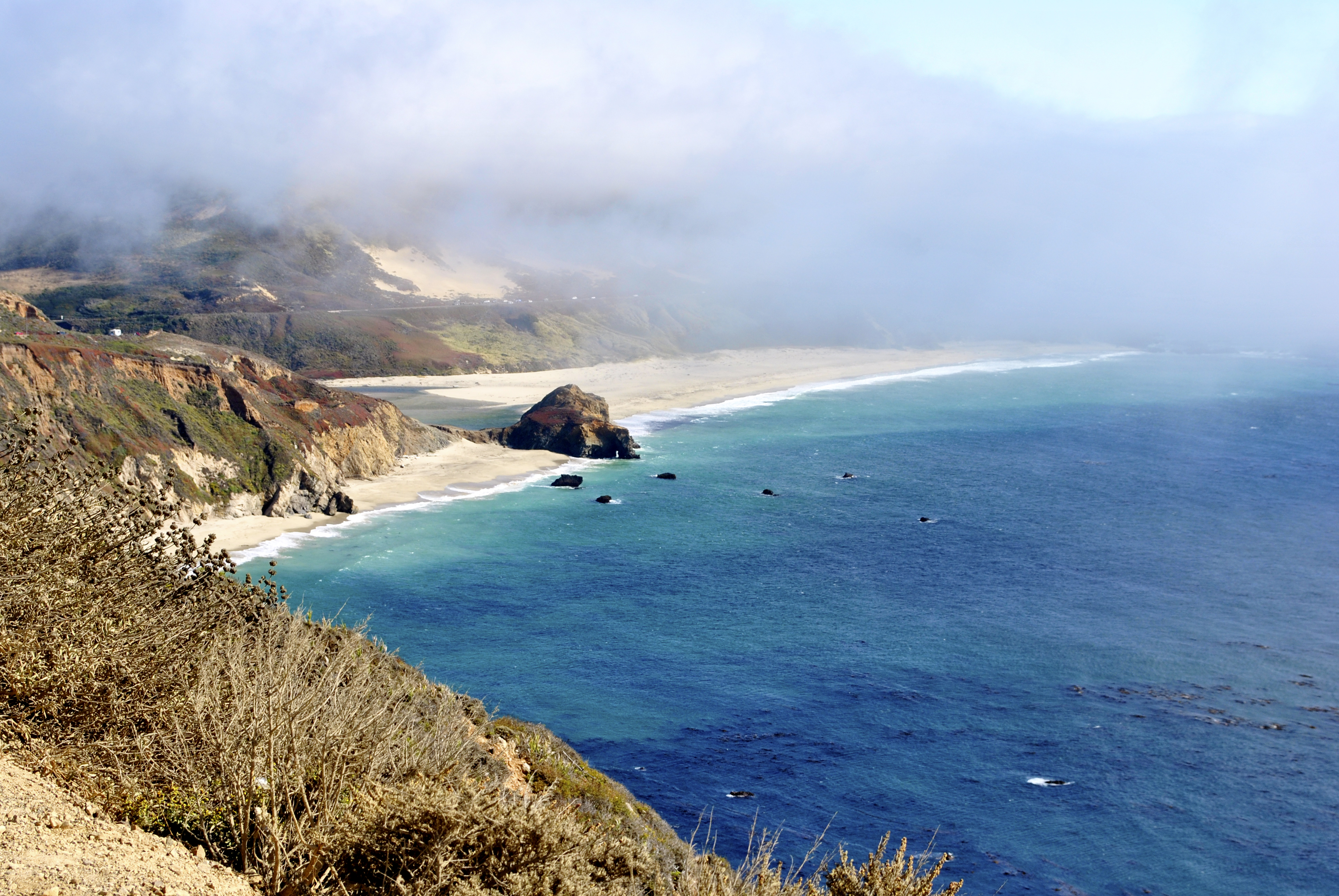The NOAA Marine Debris Program (MDP) is pleased to announce the release of a new report, Marine Debris on the shoreline of Monterey Bay National Marine Sanctuary: An assessment of activities contributing to marine debris, categories and composition, spatial distribution and predictor variables. This report was created with support from the NOAA Marine Debris Program and is published in collaboration with the NOAA Office of National Marine Sanctuaries , Monterey Bay National Marine Sanctuary , and California Marine Sanctuary Foundation, and aims to identify the prevalent types of marine debris and their distribution along the shoreline of the Monterey Bay National Marine Sanctuary. This detailed report analyzes the findings in order to assess potential sources and how marine debris moves throughout the sanctuary.

The report summarizes data collected from 2017 to 2021 and includes data from Surfrider Foundation, Save Our Shores, the NOAA Marine Debris Monitoring and Assessment Project, Downtown Streets, and Ocean Conservancy. These organizations hosted marine debris cleanups across the entire 276 miles of shoreline in the Monterey Bay National Marine Sanctuary . Over this project timeline, 37,000 volunteers collected data through 4,725 surveys.
The study determined that 95% of the debris within the sanctuary accounted for three primary human activities: eating and drinking, smoking, and various activities. Various activities are defined as items not attributed to a specific activity, either because they were small plastic fragments or could have been from multiple activities. Notably, the sanctuary has five major transport systems for marine debris, including rivers, storm drains, currents, offshore winds, and beachgoers. Additionally, the analysis found that involving citizen scientists provides a more extensive, geographically varied data set that encourages a greater sense of stewardship of the environment.
For more information and to read the full report, visit the Monterey Bay National Marine Sanctuary website.
